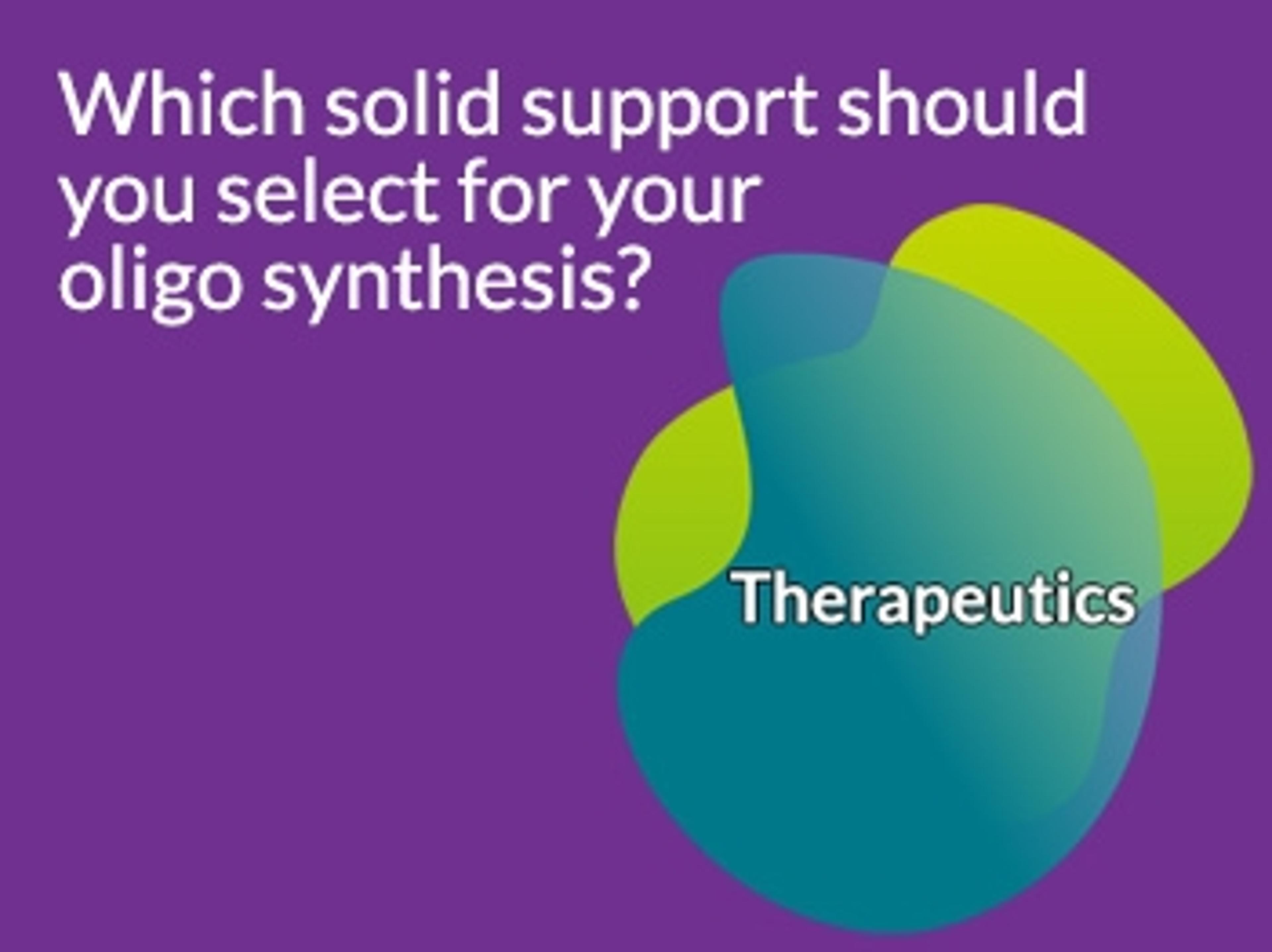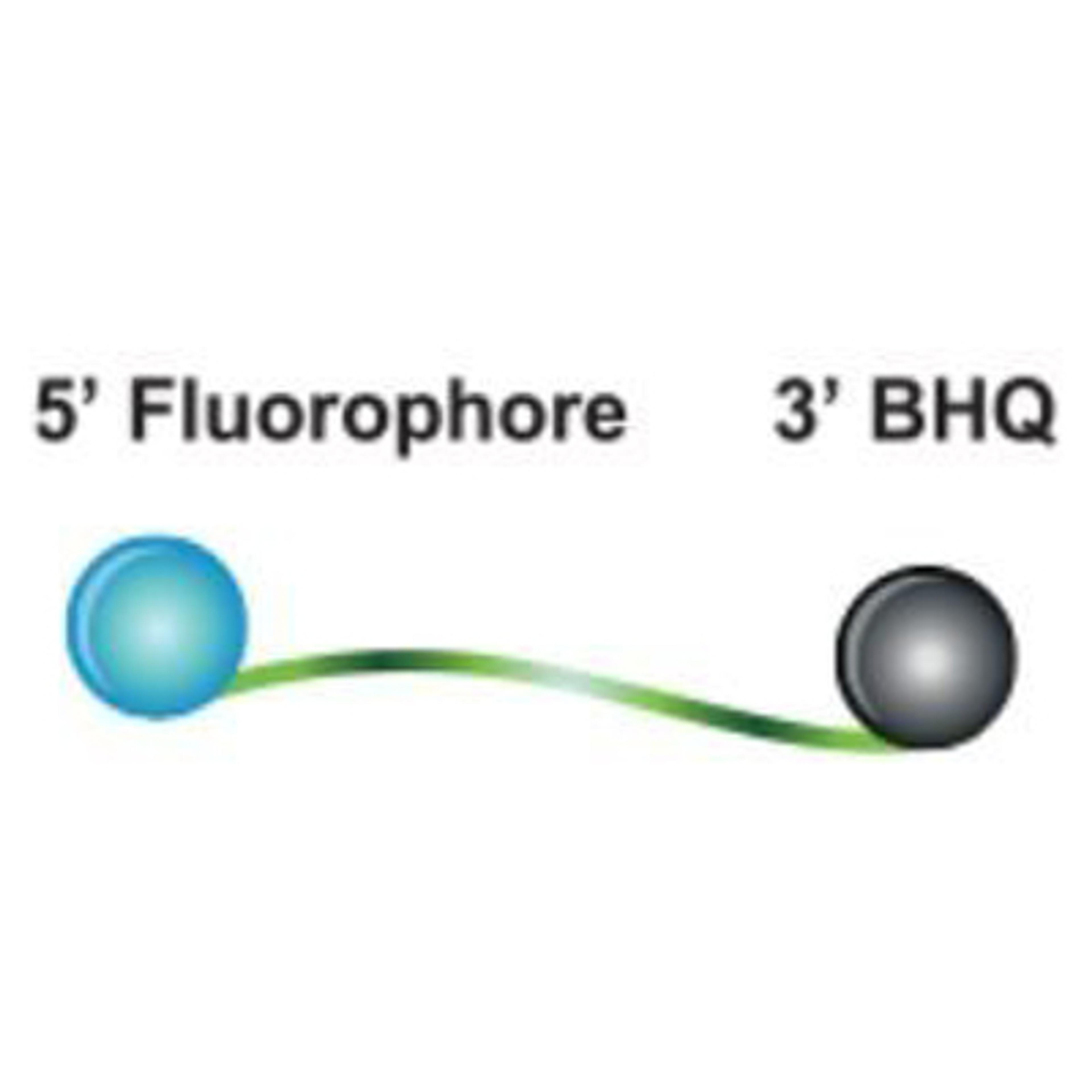2'OMe RNA CPG
CPG for the incorporation of a 2'-O-methyl modified ribo- nucleobase at the 3' end of an oligonucleotide.
The substitution of 2'-OMe bases at some or all positions of an oligo is used as the preferred route to inducing nuclease resistance.(2) Since the nuclease resistance conferred by 2'-OMe lies between that of unmodified nucleosides (no resistance) and phosphorothiolation (highly resistant), extensive/complete 2'-O-methylation is frequently chosen when a high level of nuclease resistance is required. 2'-O-methylation also confers the desirable property of higher binding affinity (that is, higher duplex Tm) to the oligo for its target. For these reasons, 2'-OMe nucleosides are extensively used in siRNA and aptamer applications. 2'-O-Methyloligoribonucleotides are extremely useful reagents for a variety of molecular biology applications. The 2'-OMe RNA-RNA duplex is more thermally stable than the corresponding DNA-RNA one.(3) In addition, 2'-OMe-RNA is chemically more stable than either DNA or RNA and is resistant to degradation by RNA- or DNA-specific nucleases.(4) It is worth noting though that duplexes formed between oligos having 2'-OMe bases at all positions and RNA are incapable of RNase H activity, thus making them ineffective in RNaseH dependent antisense applications,(5) although they can suppress gene expression by blocking the mRNA translation process via steric hindrance.(6)

















